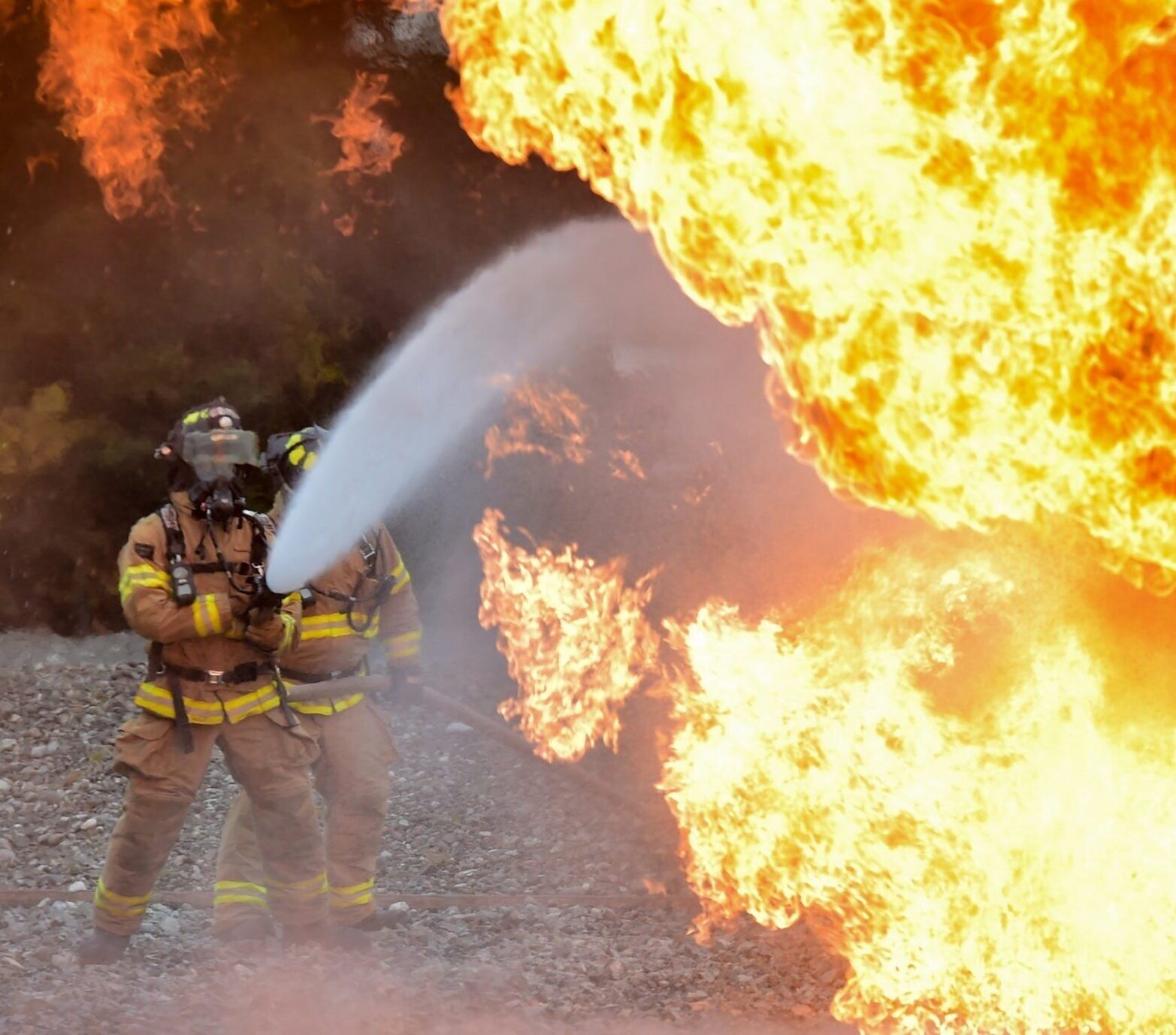
In recent years, golf clubs have eagerly embraced technological advances, such as the use of lithium battery storage systems to power their electric golf carts. These systems offer significant benefits, including enhanced efficiency and reduced carbon emissions. However, beneath the surface, there exist hidden dangers that golf course operators and managers must be aware of and address.
Recently, we’ve seen Yarra Valley clubhouse going completely up in flames which firefighters said was due to a fire starting in the battery storage area. And there have been plenty of other reports of near misses and batteries catching fire. So, given the rise in popularity of battery-powered trundlers, what can golf clubs do to protect themselves from the quiet threat of battery fires.
The Hidden Hazards
Despite the benefits, there are potential dangers associated with lithium battery storage systems:
Fire Risk: The most prominent hazard is the risk of fire. Damage, overcharging, or exposure to extreme temperatures can cause these batteries to catch fire, potentially leading to property damage and injury.
Thermal Runaway: Lithium batteries are susceptible to thermal runaway, where one overheating cell triggers adjacent cells to overheat. This can result in catastrophic failures and fires.
Toxic Chemicals: The chemicals within lithium batteries, like lithium cobalt oxide and lithium iron phosphate, can be harmful to the environment if not properly managed, posing a risk of soil and water contamination.
Overcharging and Overheating: Overcharging or overheating can lead to rapid battery deterioration, reduced lifespan, and the possibility of thermal runaway.
Storage and Handling: Proper storage and handling are essential to prevent accidents, as inadequate storage can result in punctures, short-circuits, or other damage leading to fires.
Fire and Emergency New Zealand investigator, Pete Gallagher recently said: “As a nation, we need to start considering what impact the energy source the lithium-ion battery is having on our lives. And that’s an impact to firefighters, it’s an impact on our safety and wellbeing in our homes.
“But we have to sort of counterbalance that with – this is a modern world we’re living in and lithium batteries are a part of that modern world.”
While liquefied petroleum gas (LPG) flames are 1200 degrees, battery fires burn “something in the vicinity of 2000 to 3000 degrees Celsius” and last longer, Gallagher said, testing firefighters’ resources.
“We will be tied up longer at incidents, which means that we’re not available for the next call that comes in because we’re still dealing with the previous one,” he said.
Managing the Risks
To ensure the safe use of lithium battery storage systems in golf clubs, proactive measures must be taken:
Routine inspections of battery systems are crucial, allowing for the early detection of damage, overheating, or other issues that may pose risks. Staff responsible for managing and maintaining the batteries should receive proper training on the safe handling and charging of lithium batteries.
Implement advanced charging infrastructure with safety features, such as automatic shutoff, to prevent overcharging and invest in fire suppression systems and provide adequate fire safety equipment in battery storage areas. And always conduct proper disposal and recycling of lithium batteries as a priority, adhering to local regulations and guidelines.
New Zealand Fire and Emergency also has these simple tips when dealing with lithium batteries.
- Do your research. Only purchase and use devices and equipment from reputable manufacturers and suppliers.
- Only use chargers and batteries supplied with the device, or certified third-party charging equipment compatible with the battery specifications (same voltage and current).
- Always charge e-scooters and e-bikes away from exits to ensure you can safely escape in the event of a fire. Where possible these should be stored and charged outside or in a garage, shed or carport, away from living spaces.
- Do not overcharge your batteries. When your item is fully charged, disconnect it from the charger.
- Never store or leave batteries or devices in areas where they can be exposed to heat or moisture. Do not leave devices in direct sunlight or in parked vehicles where they can quickly heat up.
- Only get device repairs and battery replacements done by a qualified professional.
If a device or battery starts to smoke or emit flames
- Evacuate immediately and close doors (if safe) to slow the spread of fire.
- Once in a safe location, call 111 and wait for firefighters to arrive.
- Ensure no one goes back inside the building for any reason. Battery gases, vapour and smoke are highly toxic and flammable and must not be inhaled.
- If anyone has been exposed to battery fluids, debris, smoke, vapours, or flames, seek urgent medical assistance







